In the history of global medicine, few names hold as much significance as Sushruta. Recognized as the father of plastic surgery and widely celebrated as the father of surgery Sushruta, he laid the foundation for surgical science in ancient India. Practicing around 600 BCE, Sushruta authored the Sushruta Samhita, one of the oldest medical texts in the world.
His work detailed over 300 surgical procedures and described the use of more than 120 surgical instruments. From reconstructive nose surgeries to fracture treatment and wound care, his techniques were remarkably advanced for their time. Sushruta also emphasized patient care, surgical ethics, and holistic healing, combining medical precision with compassion.
His contributions to Ayurveda and surgery show that India’s healthcare practices were centuries ahead of their time. For anyone wondering who was the father of plastic surgery, Sushruta’s enduring influence offers a clear answer rooted in both history and innovation.
Who Was the Father of Plastic Surgery?
If you have ever wondered who was the father of plastic surgery, the answer is Sushruta. Practicing in ancient India around 600 BCE, he is credited with some of the earliest advancements in surgical science. Sushruta authored the Sushruta Samhita, a foundational Ayurvedic text that provides detailed descriptions of surgical techniques, including reconstructive and cosmetic procedures.
His work included methods for reshaping noses, lips, and ears, along with wound treatment and fracture care. These contributions earned him global recognition as the father of plastic surgery, highlighting India’s advanced medical knowledge long before the rise of modern medicine.
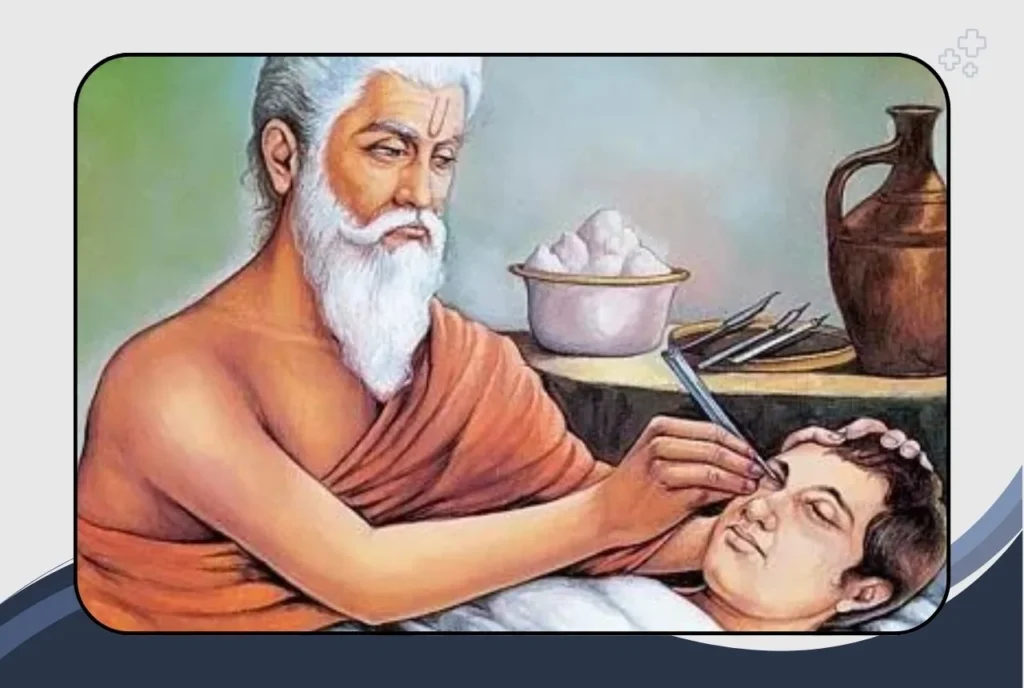
The 1st Surgery in India and Its Significance
Sushruta is credited with performing the 1st surgery in India, a landmark achievement in medical history. Far from being basic or primitive, these surgeries were highly advanced for their time. Sushruta used precise surgical instruments, ensured proper sanitation, applied herbal sedatives for pain relief, and emphasized post-operative care.
He treated a wide range of conditions, including fractures, physical injuries, deformities, and internal disorders. His detailed accounts in the Sushruta Samhita reveal a deep understanding of anatomy and surgical precision. The 1st surgery in India under Sushruta’s guidance showcased the remarkable sophistication of ancient Indian medical science.
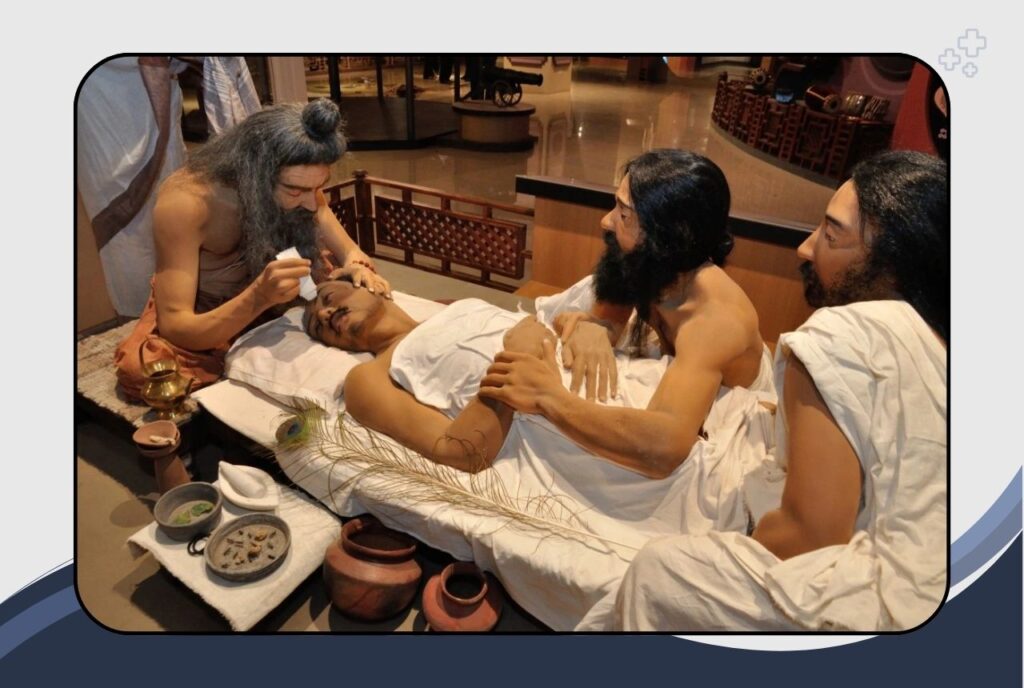
Sushruta’s Surgical Innovations and Instruments
As the father of surgery Sushruta, he described over 120 surgical instruments and 300 types of surgical operations. His surgical toolkit included scalpels, forceps, needles, hooks, and other tools crafted from natural materials like stone and metal. These instruments were designed for procedures ranging from eye surgery to bone setting. His approach combined observation, anatomical knowledge, and surgical training, making his work revolutionary for the time.
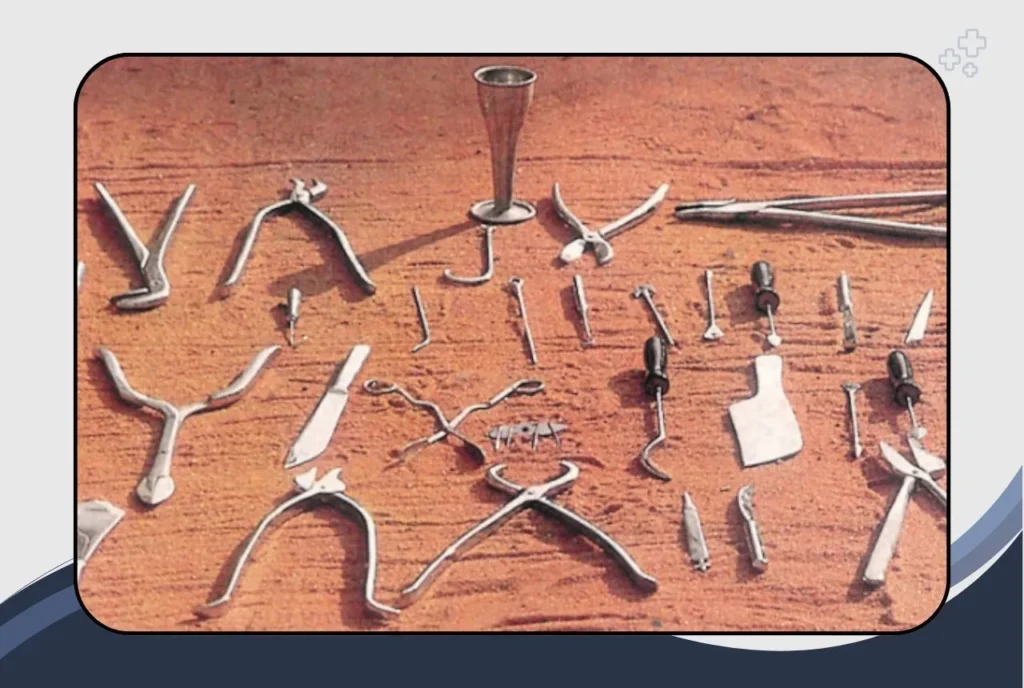
Some of his most notable surgical contributions include:
- Rhinoplasty or nasal reconstruction
- Treatment of fractures and dislocations
- Removal of bladder stones
- Cesarean deliveries
- Suturing and wound care
His description of the Indian method of nose reconstruction using a skin flap from the forehead is still regarded as a classic technique in plastic surgery today.
The Ethics and Vision of Sushruta
Sushruta was not only a master of surgical technique but also a firm believer in medical ethics. He emphasized that a surgeon should be calm, confident, compassionate, and careful. Patients, in his view, deserved the same respect and attention as a loved one. For Sushruta, healing extended beyond the physical body to include emotional and spiritual well-being.
His approach combined skill with empathy, making him a pioneer of holistic healthcare. These values are why he is remembered not only as the father of plastic surgery but also as a true humanitarian who shaped the ethical foundation of ancient medicine.
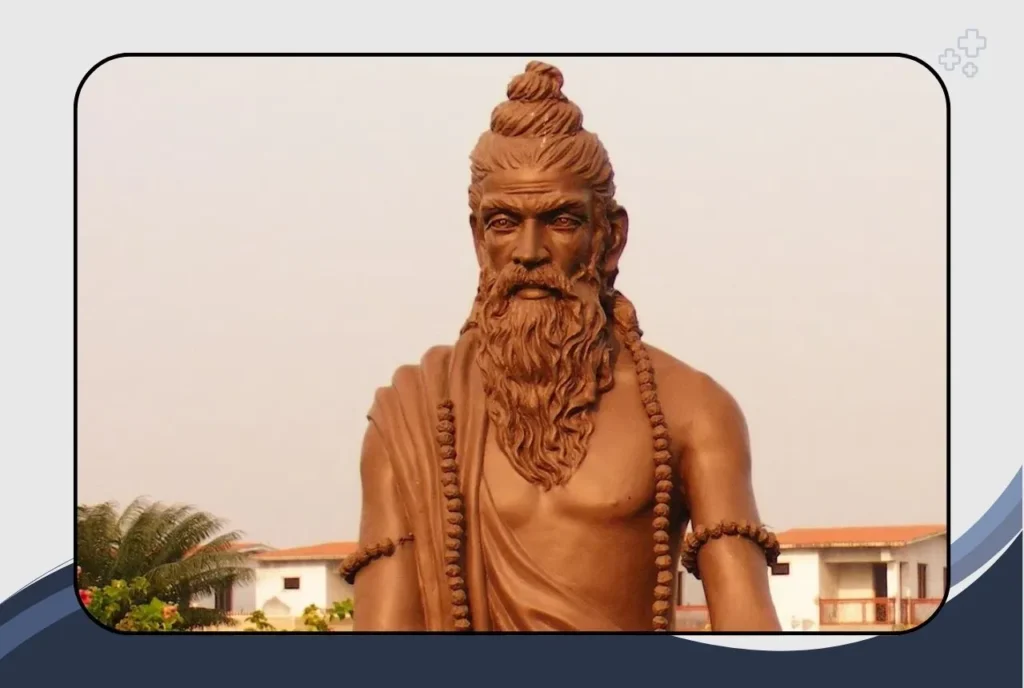
Shalya Tantra: The Science of Ancient Surgery
Sushruta’s teachings form the core of Shalya Tantra, the surgical branch of Ayurveda. This discipline focused on treating physical injuries, war wounds, tumors, abscesses, and foreign objects lodged in the body. It also addressed various trauma-related conditions with remarkable precision. Shalya Tantra emphasized accurate incisions, proper disinfection, and surgical techniques that reflected deep anatomical knowledge.
Sushruta’s detailed observations of human anatomy and disease were highly advanced for his time. His contributions laid the groundwork for the evolution of surgery, making Shalya Tantra not only a key part of ancient Indian medicine but also a valuable resource for modern surgical practices.
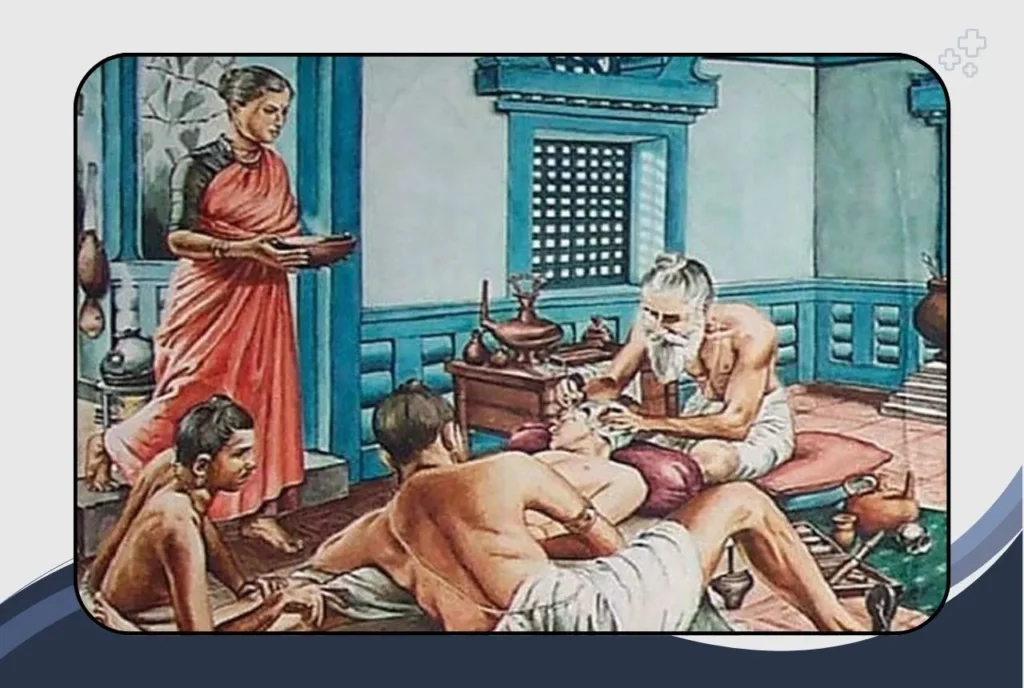
Sushruta’s Lasting Influence on Modern Medicine
Even today, medical professionals across the world study Sushruta’s work for its depth and precision. From the 1st surgery in India to the use of herbal anesthesia, his work shows that ancient Indian medicine was far more advanced than previously thought. His influence is visible in:
- Plastic and cosmetic surgery
- Orthopedic care
- General and trauma surgery
- Surgical education and ethics
His contributions have been acknowledged by the global medical community and are often included in medical textbooks and historical reviews of surgery.

Sushruta’s Role in Ayurveda
Alongside Charaka and Vagbhata, Sushruta is regarded as one of the three foundational pillars of Ayurvedic medicine. His renowned text, the Sushruta Samhita, extends beyond surgical practices to include holistic healing, internal medicine, nutrition, and lifestyle guidance. Sushruta emphasized that true health arises from a balanced state of body, mind, and environment.
This philosophy reflects a deep understanding of wellness that goes beyond treating symptoms. By integrating surgery into a broader framework of Ayurvedic healing, Sushruta firmly established his legacy as the father of plastic surgery and a visionary whose approach continues to influence Indian and global healthcare systems.
Final Thoughts: Remembering the Father of Surgery Sushruta
Sushruta’s contributions continue to shape modern surgical practice and medical ethics. He was the first to prove that surgery could be scientific, safe, and compassionate. His legacy as the father of plastic surgery, the father of surgery Sushruta, and the pioneer behind the 1st surgery in India remains a symbol of India’s rich medical heritage.
For anyone asking who was the father of plastic surgery, the answer lies in the ancient city of Kashi where Sushruta trained students, healed patients, and wrote a text that would influence the medical world for centuries.
Sushruta’s work reminds us that true medicine is not just about curing but about caring. His legacy continues to inspire surgeons and healers around the world.

